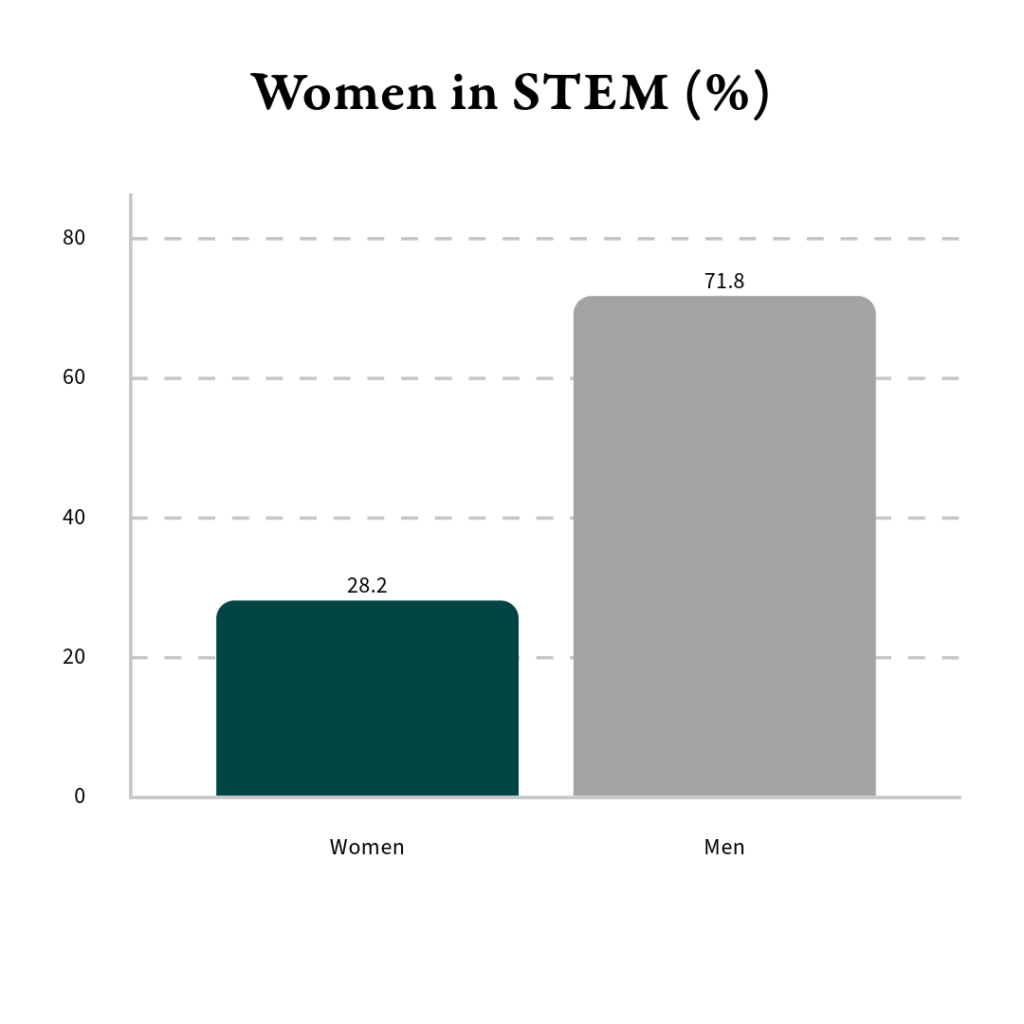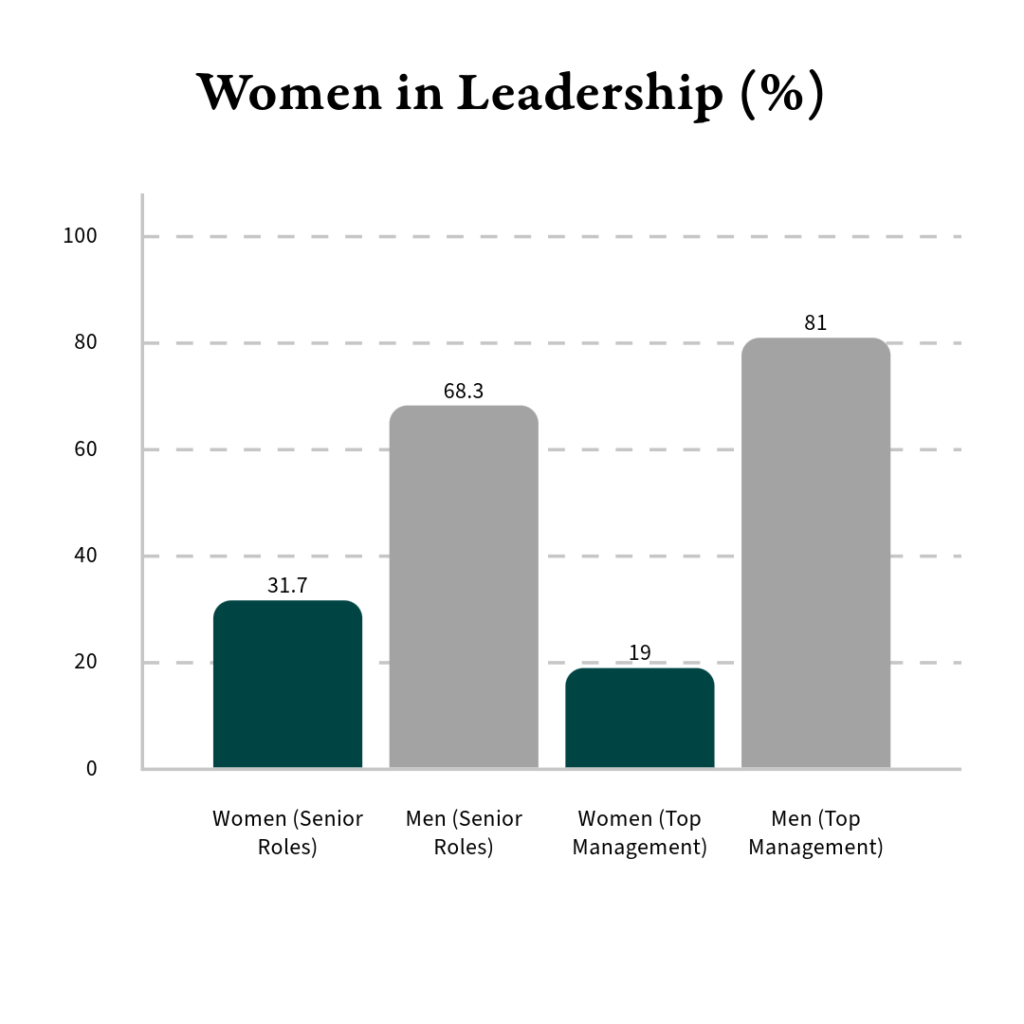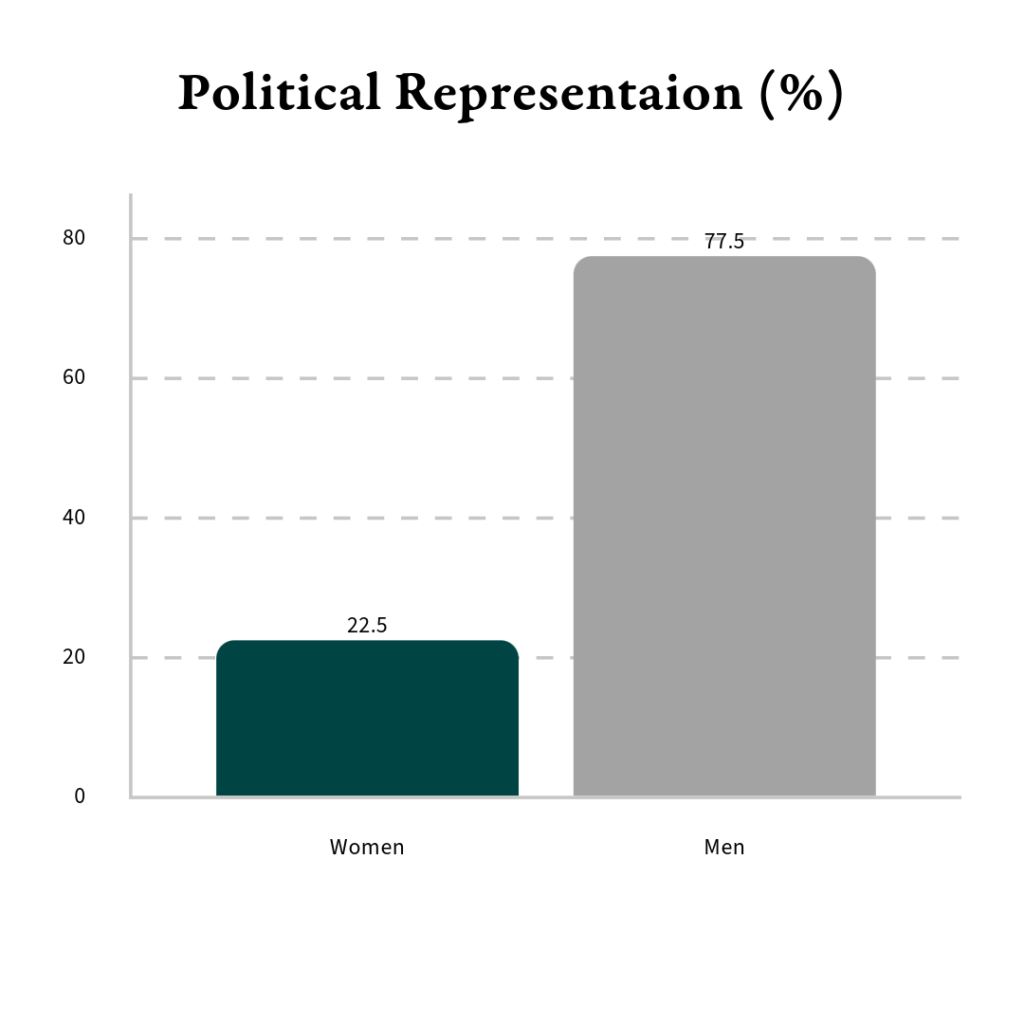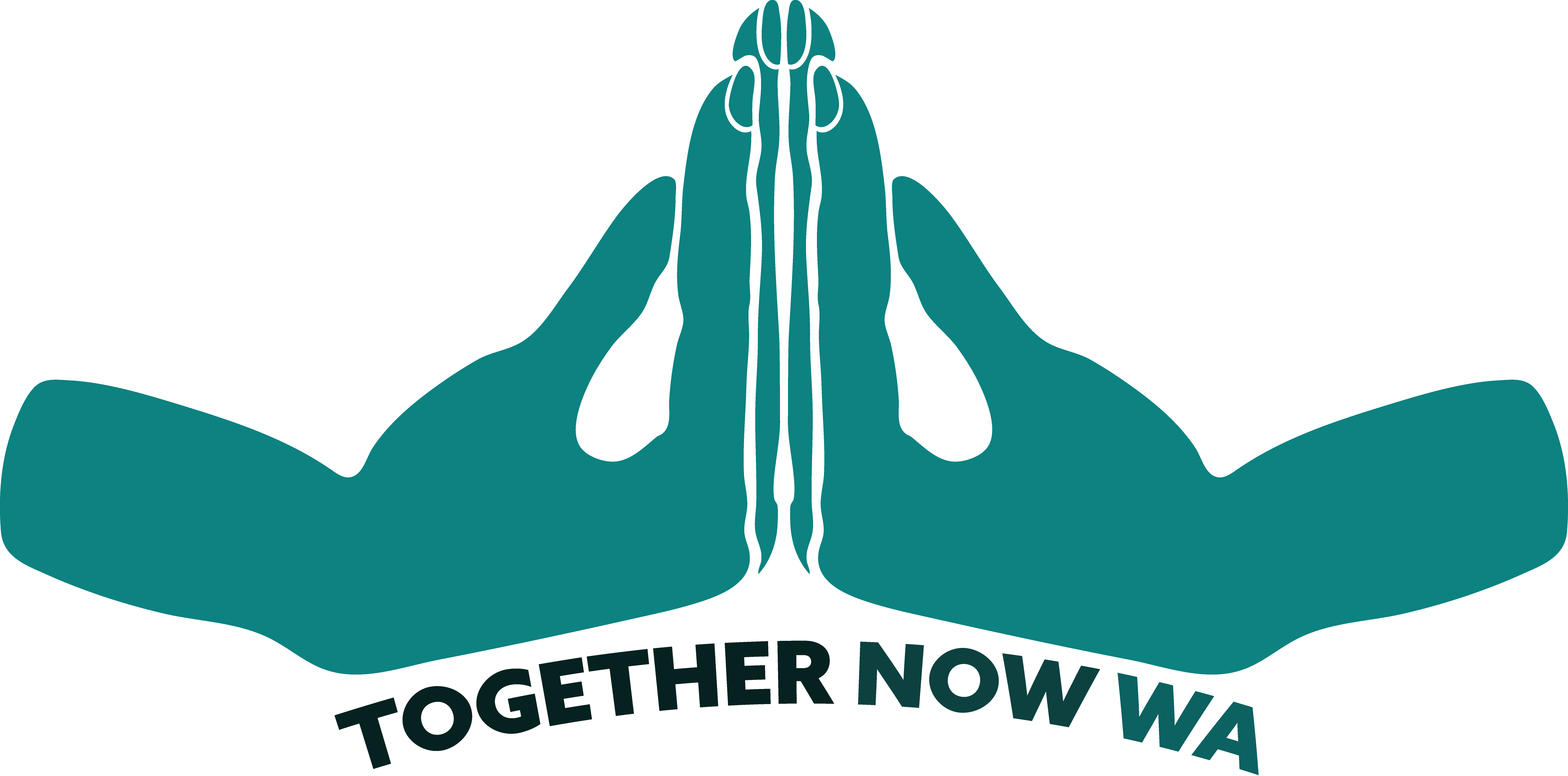Progress, Persistence, and the Path Ahead
International Women’s Day is more than just a celebration. It is a moment to reflect on progress, acknowledge the barriers that remain, and commit to real, lasting change.
At TNWA, a woman-founded and predominantly female-led organisation, we witness the power of women leading in their communities every day. Women’s leadership strengthens organisations, families, and societies. However, across the world, structural barriers, outdated norms, and deeply ingrained biases continue to limit opportunities for women.
The Numbers Speak for Themselves
A recent report from Statista (2024) highlights the ongoing gender disparities worldwide:
- Political power remains elusive. Only 22.5% of the global gender gap in political representation has been closed. Women hold fewer than a quarter of leadership positions in governments, despite making up nearly half of the population.
- Pay gaps persist. Women earn 83 cents for every $1 earned by men, even when qualifications and job roles are the same.
- Leadership opportunities remain scarce. Women hold only 31.7% of senior roles and 19% of top managerial positions worldwide.
- STEM fields remain male-dominated. Women make up just 28.2% of the workforce in science, technology, engineering, and maths.
- Female-led businesses faced greater economic setbacks. In South Asia, 51% of women-led businesses closed, compared to 45% of male-led businesses.
Despite these challenges, some progress is evident. Countries such as Chile and Colombia have the highest rates of female entrepreneurship in the OECD. East Asia and the Pacific lead with 35% of top managers being women. However, achieving full gender equality remains a long-term challenge. At the current rate, Europe will take 67 years to reach gender parity, while in East Asia and the Pacific, the timeframe could extend to 190 years.
Why Do These Gaps Still Exist?
These disparities do not occur by chance. The barriers that hold women back today have deep historical and structural roots.
The Gender Pay Gap: More Than Just a Number
The gender pay gap is not simply the result of unequal pay for the same work. It reflects a broader issue where “women’s work” is undervalued in the labour market.
Industries dominated by women, such as healthcare, education, and consumer services, are often paid less compared to male-dominated fields like technology, finance, and engineering. Roles in caregiving, nursing, and teaching, which are essential for society, are frequently treated as natural skills rather than professions that deserve higher pay.
Parenting responsibilities also play a significant role in the wage gap. Women are more likely than men to take career breaks or reduce working hours to manage caregiving responsibilities. This often leads to slower career progression, fewer promotions, and lower lifetime earnings. While many workplaces view fatherhood as a sign of responsibility and commitment, motherhood is still widely perceived as a professional setback.



Barriers to Leadership and Representation
Women make up over 40% of the global workforce, yet only 19% of top managerial roles are held by women. This is not due to a lack of ambition or capability but rather a combination of bias, exclusion, and limited access to opportunities.
Unconscious bias affects hiring and promotion decisions. Men are often seen as natural leaders, while women are judged more critically when they demonstrate assertiveness. Women in leadership also face a difficult balancing act. Many are expected to be both warm and nurturing while simultaneously displaying authority.
The issue is even more pronounced in STEM fields, where only 28.2% of workers are women. This gap begins early, as girls are often discouraged from pursuing science and technology careers due to persistent gender stereotypes.
Challenges for Female Entrepreneurs
Women in business encounter additional obstacles. Female-led businesses receive significantly less investment than male-led ventures. Many women also struggle to access financial support, making it harder to sustain or scale their businesses.
The economic impact of the pandemic disproportionately affected women-led businesses, with higher closure rates in several regions. In South Asia, for example, women-led businesses faced a 51% closure rate, compared to 45% for male-led businesses.
Outdated Social Norms Continue to Hinder Progress
In many parts of the world, cultural expectations about gender roles remain a significant barrier. A troubling 21% of people worldwide believe that men who stay home to care for children are “less of a man,” with 74% of respondents in South Korea holding this view.
In some countries, the belief that gender equality has already gone far enough is widespread. Many men, and even some women, believe that additional efforts are unnecessary, which slows progress and discourages the introduction of further workplace reforms and policy changes.
TNWA: Leading Change Locally
At TNWA, women are central to everything we do. Leadership is not just about holding titles. It is about making an impact that improves lives. Women in our organisation are driving change every day through community outreach, crisis support, and local initiatives.
Our work aligns with broader efforts to amplify women’s voices, create economic opportunities, and advocate for systemic change. We believe in a future where a girl growing up in Ballajura has access to the same opportunities as a boy. Workplaces must become free from bias, and caregiving responsibilities should be recognised and supported, rather than being viewed as a burden on women’s careers.
How You Can Take Action
Change does not happen on its own. It requires action from individuals, businesses, and governments. Here are some ways you can contribute to gender equality, not just today but every day:
- Recognise and challenge bias. Speak up when you witness gender discrimination, whether in hiring, pay, or daily conversations.
- Advocate for pay equity. Support policies and workplace reforms that ensure equal pay for equal work.
- Support female entrepreneurs. Choose to buy from women-led businesses and promote investment in female-led ventures.
- Encourage young girls in STEM. Inspire and support the next generation to pursue careers in science, technology, engineering, and maths.
- Value caregiving. Advocate for policies such as paid parental leave and flexible work arrangements that allow both men and women to balance work and family life.
The Future is Built Today
While the statistics highlight the challenges that remain, history shows that progress is possible when people refuse to accept inequality as the norm. Women have led revolutions, reshaped industries, and strengthened communities. The responsibility to continue this work belongs to everyone, including women, men, and allies.
This International Women’s Day let’s not just reflect on progress. Let’s push for more. Gender equality is not a privilege; it is a necessity.
Sources
- Statista (2024). Gender Equality Worldwide: Global gender gap index and workforce insights. Retrieved from Statista.

